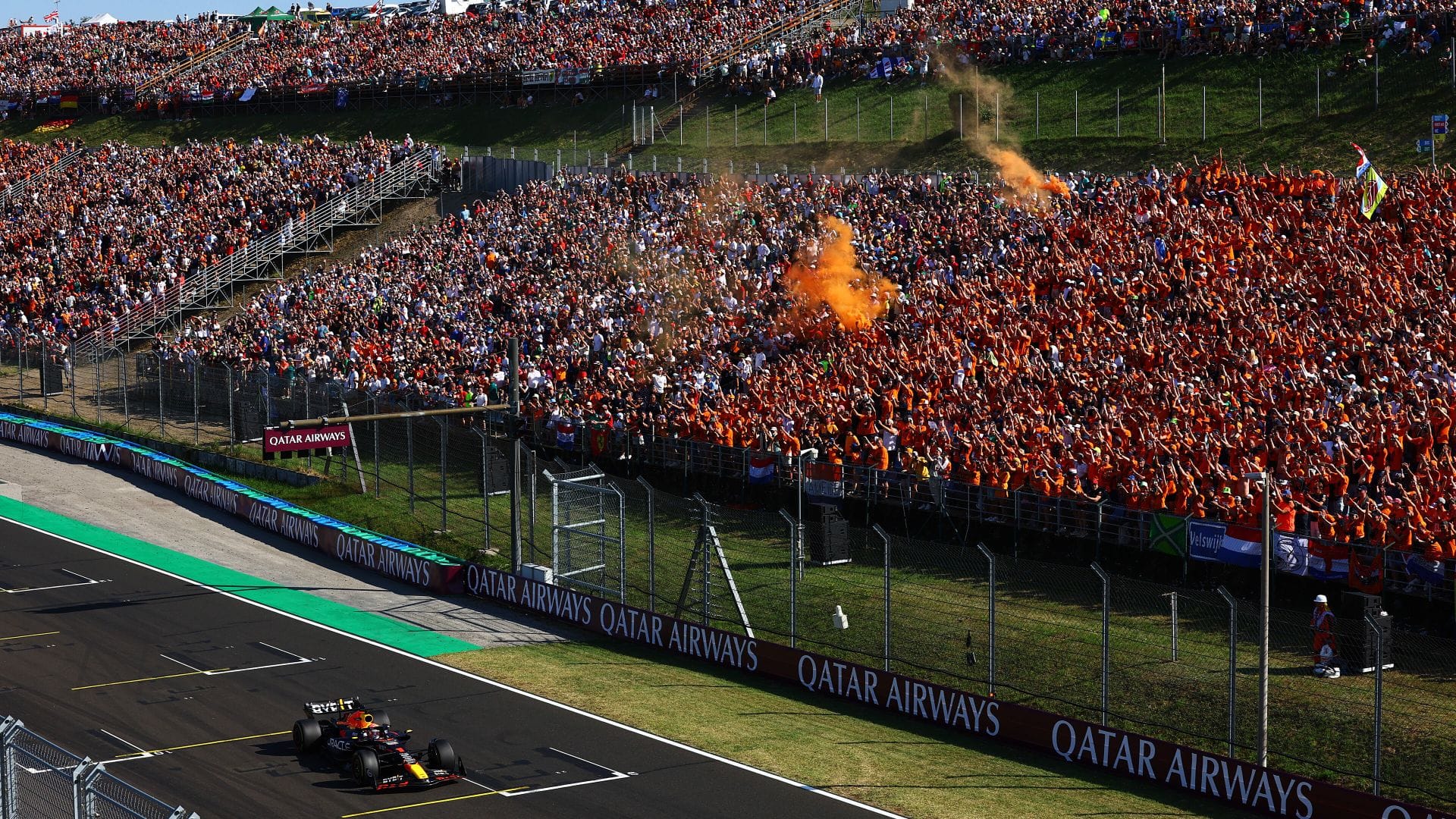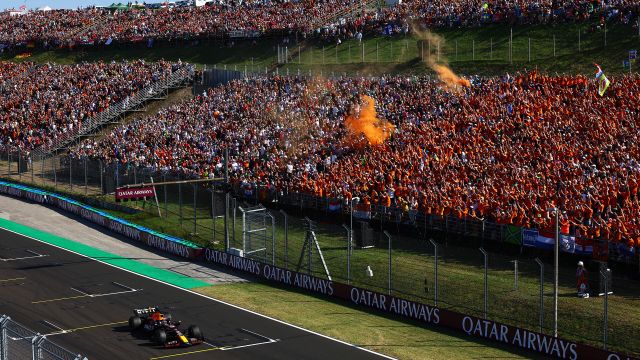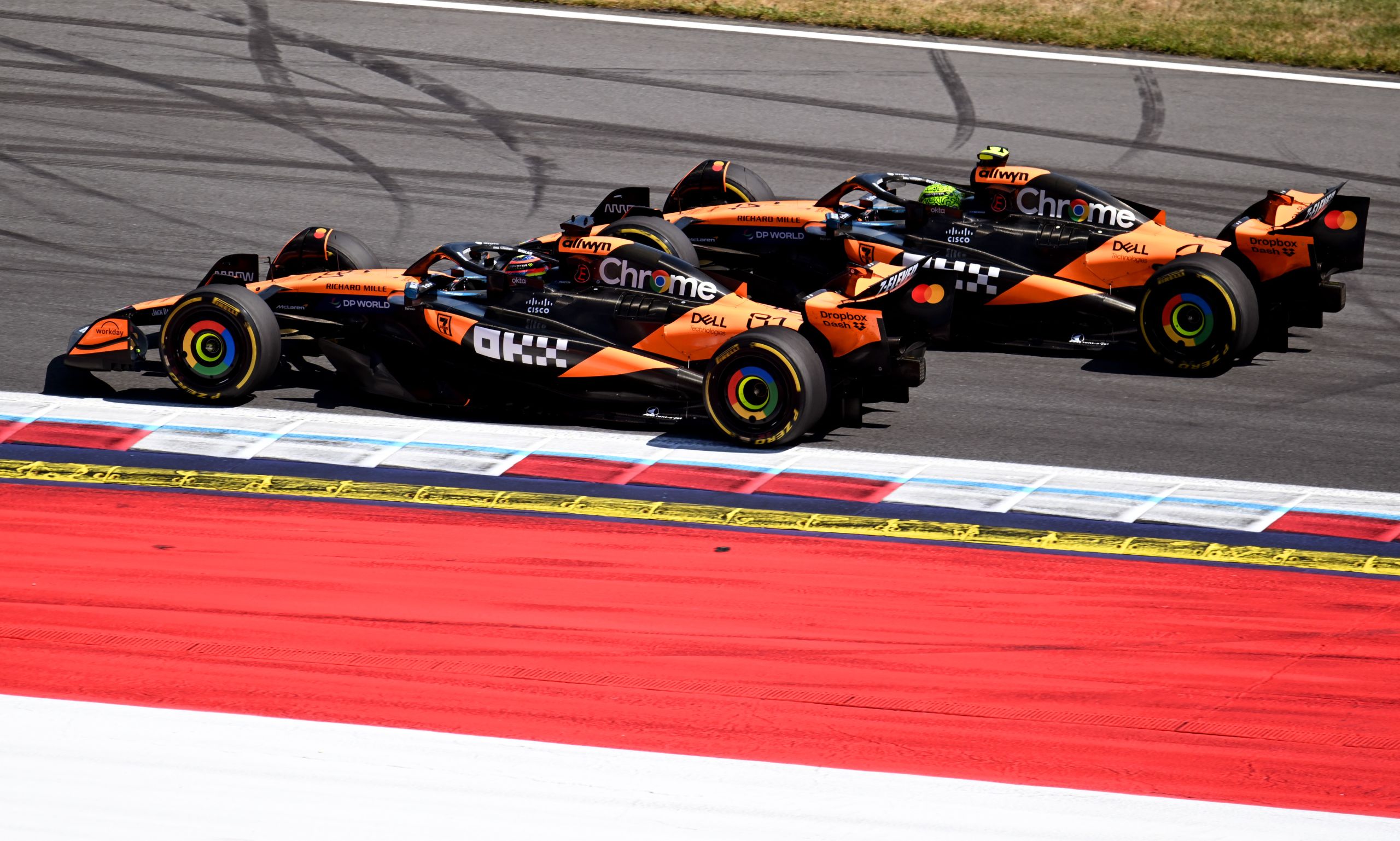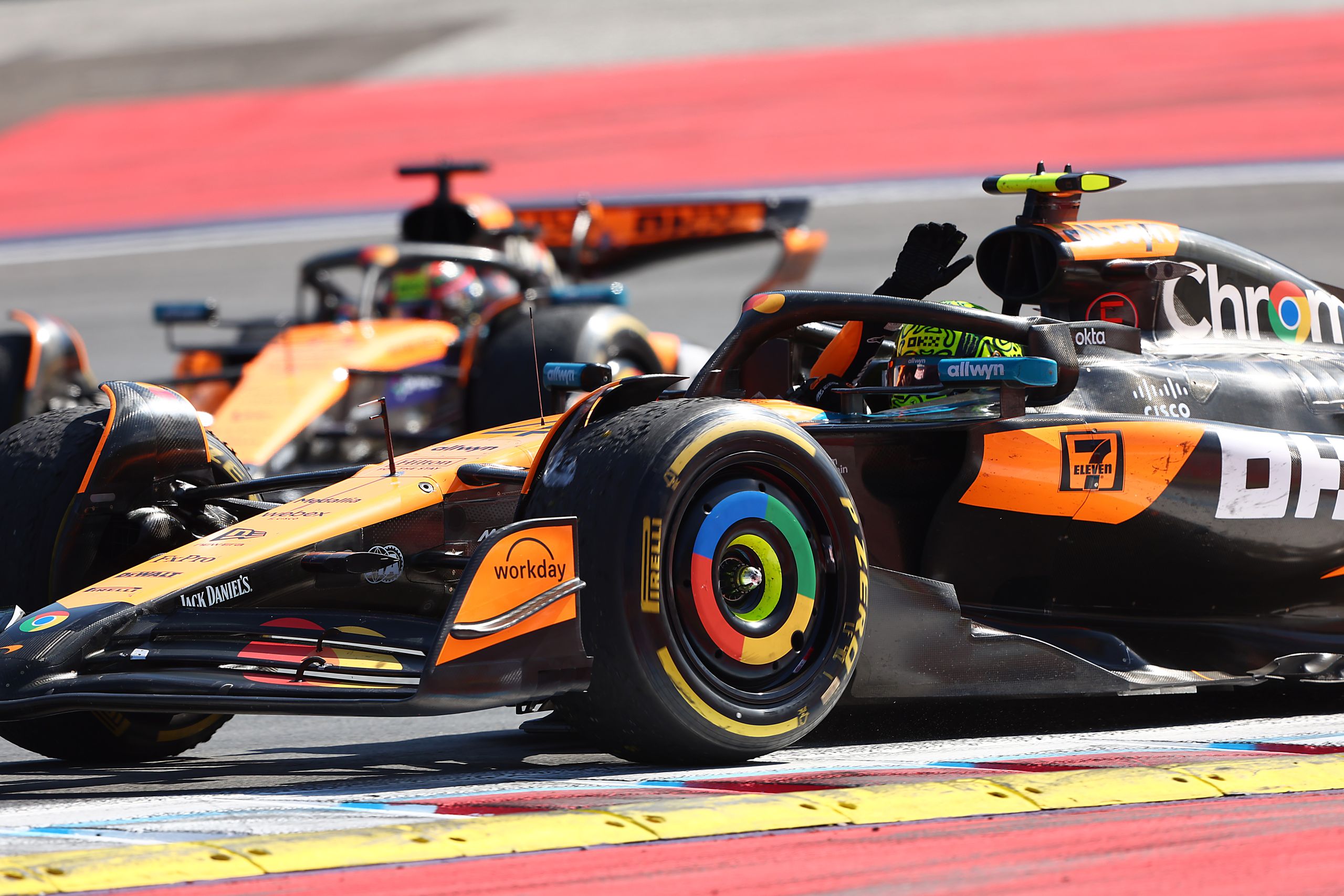Understanding The Growing Appeal Of Formula 1 Racing


Formula 1 Racing, with its high-speed thrills, technological marvels, and captivating international appeal, has seen a significant surge in popularity recently. This sport, once mainly enjoyed by racing enthusiasts, is now attracting a diverse fanbase across the globe. Curiously, this rise in viewership has coincided with an increased interest in online betting platforms, including those like the recommended casino not on Gamstop. This article aims to delve into the intricacies behind this growing appeal, examining various facets from the evolution of the sport itself to the wider impact of globalization and media influence.
Evolution of Formula 1 Racing
In its infancy, Formula 1 was a sport for the few, celebrated by a devoted audience of motor racing enthusiasts. Simpler rules, less complex vehicles, and daredevil drivers who were as notorious for their off-track escapades as they were for their on-track skills characterised this era. From a desire for speed and the ambition to redefine the boundaries of automotive engineering emerged this fast-paced sport.
As Formula 1 journeyed through time, substantial transformations marked its evolution. Initially, the primary focus was pure speed, often leading to the fastest vehicle securing the victory. Gradually, as the sport began to prioritise safety and fair competition, strategic racing took centre stage. Intricacies like pit stops, tyre strategies, and fuel management became integral to the competition, infusing the sport with layers of depth and making each race more engaging.
The character of the participating teams in Formula 1 began to shift simultaneously. The early days saw small teams, frequently financed by the drivers themselves. However, the entrance of prominent manufacturers like Ferrari, McLaren, and Mercedes-Benz brought about significant changes. These entities brought considerable financial backing and technical resources, sparking a phase of rapid technological advancement in the sport.
Profound technological progression has played a pivotal role in this evolution. The introduction of wind tunnels for aerodynamics testing, the use of carbon fibre for chassis construction, and the adoption of computer-aided design (CAD) and manufacturing techniques marked this phase. This technological leap did not just enhance the sport’s competitive edge, but also brought about a dramatic improvement in driver safety. For more in-depth information on this transformation, you can explore the dedicated History of Formula 1 page.
The evolution of Formula 1 racing extended beyond the realm of track and cars. Changes in the competition format significantly impacted the sport. The advent of qualifying sessions, the points system, and the ‘fastest lap’ incentive heightened the overall drama and unpredictability of the sport. These alterations ensured that each race became a standalone spectacle, capable of keeping audiences riveted until the final flag-off.
In essence, the transformation of Formula 1 racing is an inspiring tale of change, advancement, and innovation. Its growth from humble beginnings to a sophisticated, technologically advanced sport has captured the hearts of millions worldwide. As we delve deeper into the factors contributing to its rising appeal, it becomes evident how each component – from technology to globalisation – has sculpted the Formula 1 we recognise today.
Role of Technology in Enhancing the Spectacle
Formula 1’s allure is undeniably intertwined with its technological prowess. The ceaseless quest for automotive perfection, combined with the ingenious application of cutting-edge technology, has propelled Formula 1 into an exhilarating spectacle. Each innovation, whether in aerodynamics, materials science, or data analysis, has not only increased the sport’s competitiveness but also its visual appeal, providing a high-stakes environment where milliseconds count.
Today’s Formula 1 cars are marvels of engineering, representing the pinnacle of automotive technology. Computer-guided simulations aid in the optimisation of car designs while carbon fibre composites make for robust yet lightweight chassis. Then there are the hybrid power units, which are a testament to the seamless integration of traditional internal combustion engines with electric power. Furthermore, the use of predictive analytics and real-time data feeds allows for on-the-fly strategic decisions, making each race a battle of wits and reflexes.
As such, the role of technology in Formula 1 is a quintessential component of its growing allure. Through fostering an environment that constantly challenges the bounds of innovation, it amplifies the drama of the sport, captivating audiences and fans across the globe.
Influence of Media and Marketing
Media and marketing have been paramount in the expansion of Formula 1’s appeal, enhancing its visibility and reach to global audiences.
Major media platforms have played an instrumental role in broadcasting the adrenaline-fueled action of F1 to a worldwide viewership. Quality journalism from trusted sources such as The Guardian and BBC Sport have provided not just comprehensive coverage of races, but also in-depth analysis, driver interviews, and behind-the-scenes stories. These platforms have played a pivotal role in cultivating an informed and engaged fanbase. Furthermore, digital transformations have allowed for a more immersive viewing experience, offering live commentary, detailed race statistics, and advanced graphics that bring audiences closer to the action.
Marketing initiatives, in parallel, have worked to enhance Formula 1’s brand image and broaden its appeal. Collaborations with luxury brands, interactive campaigns, and innovative sponsorships have played an integral part in presenting Formula 1 as a lifestyle rather than just a sport.
In summary, media and marketing have been critical drivers behind the growing popularity of Formula 1, magnifying its global presence and allure. This combination of comprehensive coverage and strategic promotions has resonated deeply with audiences worldwide.
Impact of Emerging Markets and Globalization
Formula 1 racing, a globally beloved sport, has encountered numerous challenges including declining viewership and environmental concerns. In response, the sport has embarked on a strategy of diversification, extending its reach to emerging markets.
A significant move has been the expansion of the race calendar to include regions such as Asia and the Middle East. The 2024 season will hold 24 races in 21 countries across four continents, reflecting a substantial increase from the seven European races of 1950.
Furthermore, Formula 1 has embraced diversity amongst participants. The sport, historically dominated by Europeans, now sees a wider representation from various regions. This change has attracted a larger array of sponsors and broadcasters from diverse sectors.
Thanks to these strategies, Formula 1 has experienced a boost in both its fan base and revenue. Today, it stands as a truly global sport, captivating a wide and diverse audience. By broadening its reach and diversifying its participants, Formula 1 has successfully grown its influence and appeal.
Table 1: Key Statistics of Formula 1’s Globalization and Diversification Strategy
| Category | Statistic |
| Number of races | 24 |
| Number of countries | 21 |
| Number of continents | 4 |
| Number of drivers | 20 |
| Number of constructors | 10 |
| Cumulative TV audience | 1.5 billion |
| Social media following | 35 million |
| Global fan base | 433 million |
| Revenue | $2.4 billion |
| Valuation | $8 billion |
The Future of Formula 1 Racing
As we gaze into the future of Formula 1 racing, a few key trends come to the forefront. These trends promise to shape the next chapter of this thrilling sport, making it even more appealing to an increasingly diverse and global audience.
Firstly, there is an increasing commitment towards sustainability. This includes the development of more energy-efficient engines and the promotion of sustainable practices both on and off the track. Indeed, Formula 1 has pledged to become net zero carbon by 2030, reflecting a growing awareness of the sport’s environmental impact.
Secondly, digital innovation will continue to transform the Formula 1 experience. Advanced data analytics, virtual reality (VR), and artificial intelligence (AI) are all set to offer fans a more immersive and interactive experience. This mirrors the trend seen in the online gaming industry, where digital innovations have revolutionised games and betting platforms. An example of this is the rise of UK poker sites beyond GamStop in 2023, which have gained popularity due to their user-friendly interfaces and immersive experiences.
Thirdly, we can expect to see a continued emphasis on diversification and global expansion. Formula 1’s leadership understands the importance of reaching new audiences in emerging markets, and this will likely continue to be a key strategy in the future. Additionally, efforts to promote diversity within the sport will only enhance its appeal, mirroring societal changes and responding to a demand for greater representation.
Lastly, there will be an ongoing focus on safety. Despite the thrilling nature of the sport, ensuring the wellbeing of drivers, team members, and fans will remain paramount. Continuous improvements in safety technology, protocols, and track design will help minimise risks, while maintaining the exhilarating spectacle that Formula 1 is renowned for.
These trends, coupled with the sport’s enduring appeal, hint at a bright and dynamic future for Formula 1 racing. As with any competition, there will be challenges to overcome, but the sport’s willingness to evolve and adapt promises to keep fans on the edge of their seats for years to come.
Conclusion
Through its thrilling races, technological innovation, extensive media coverage, and strategic expansion into emerging markets, Formula 1 has truly earned its place as a global sporting spectacle. It has successfully navigated a changing landscape, making the necessary shifts to cater to a diverse, global audience. The future promises even more excitement, as Formula 1 embraces sustainability, harnesses the power of digital innovation, continues its global expansion, and places greater emphasis on diversity and safety. The essence of Formula 1 – its spirit of competition, innovation, and adaptation – ensures that the sport will continue to captivate audiences worldwide, just as it has done since its inception. Whether you’re a die-hard fan, a casual viewer, or someone discovering the sport for the first time, the world of Formula 1 offers an experience like no other. Here’s to the continued growth and success of this remarkable sporting phenomenon.





